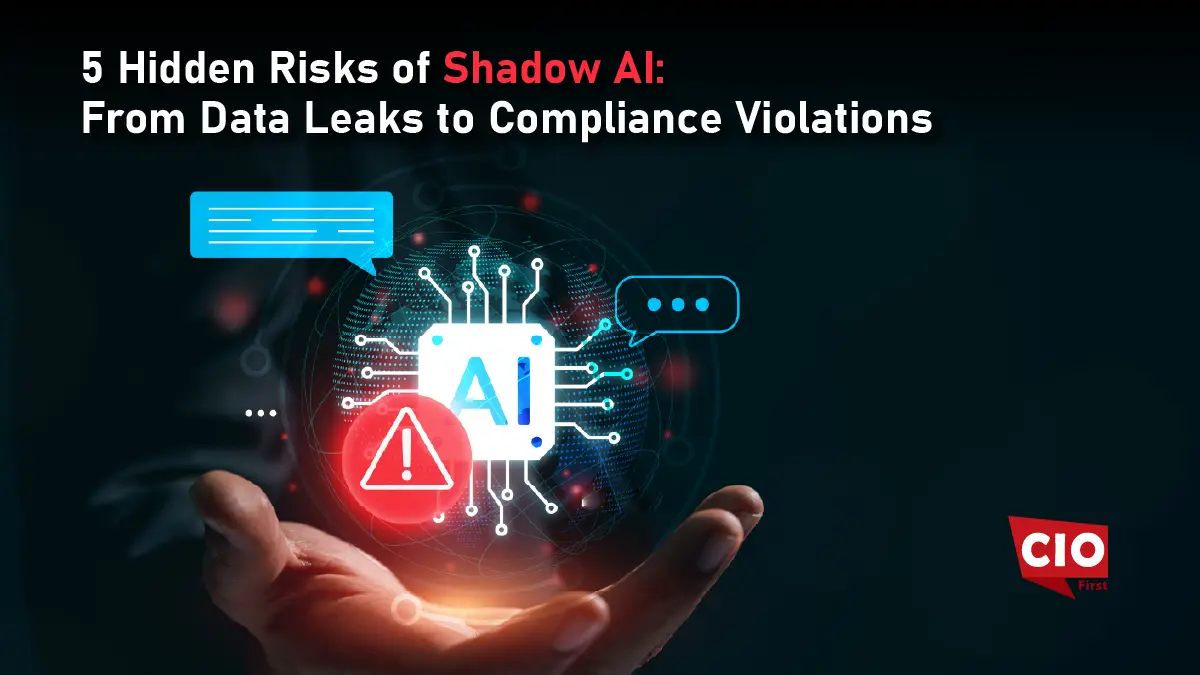Fears about inflation and an impending recession are widespread. At least until the severity of the economic threat is clear, IT will probably need to be creative in cost management. In the meantime, there is an increasing need for more data, automation, digitalization, and technology support in general.
CIOs worldwide are making cuts due to worries about a global economic downturn. CIOs are currently under pressure to reprioritize spending with an eye on what would sustain their company through another period of scarcity.
For today’s businesses, controlling IT expenditures during inflation is a significant challenge, but it is not impossible.
Here are some suggestions for CIOs on how to ingeniously cut costs from the tight IT budget without forgoing essential services.
Managing Cloud Costs
It goes without saying that cloud instances are extremely expensive. But much like everything else these days, these prices are rising. So, without negatively impacting operations, this is a nice spot to minimize expenditures.
Also Read: How to Build a Connected Enterprise Using Data Mesh Architecture
Customers often lament that they are going over their cloud budgets and that they are either unaware of the reason why or unable to implement the controls needed to manage expenses. Effective CloudOps can address this. Companies must think about re-evaluating and prioritizing initiatives in accordance with business values, delaying poor value runs for the time being, or managing them in various ways to bring them to a significantly lower price point.
CIOs must define cloud and product-centric IT budgets, including business products, and align all business applications, processes, people, infrastructure, and technologies to these products. This way, companies can invest in the areas that offer better business value while implementing strategies to control costs in other areas through DevSecOps and automation.
Also Read: Three Key Strategies for Fostering Constructive Conflict in the Workplace
The Data Mining Model
Businesses constantly mine data. However, no business can carry on mindless mining in the present economic environment in search of a big data score. Numerous AI initiatives have failed. It’s time to quit data mining and start minding the decisions or, in other words, decision intelligence. It is time to make a decision on the business outcome one wants to attain and then mine the data they need to evaluate to drive them toward that objective.
With regard to AI, decision intelligence techniques will assist CIOs in rethinking and improving the business rules that guide automated decisioning. They can outperform their competition and generate greater profit in a bad economy by modifying these rules as necessary.
Since all AI projects would now be focused on attaining a specific business value, CIOs can also eliminate waste, such as unsuccessful AI projects.
Scale Back Support Without Cutting Down Too Much
Although leaders scale back support, they must do so without harming their consumers or driving up productivity costs because it takes too long to get the workforce back up and running.
By bringing down the complexity within the technology environment, CIOs can lower the demand for IT help and relieve pressure on their service desk workforce. They must take into account the entire ecosystem that underpins their hybrid workplace and maintains the productivity of their digital workforce.
They need to reduce the complexity of all the systems and applications their organization uses, not just the complexity within a single system. To ease the burden on their IT support team, they must remove complexity wherever possible. Then, they must automate as much of the remaining process as they can. Because the easier issues have previously been resolved, their support team can focus only on the challenging issues.

























